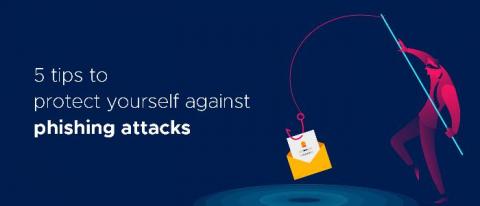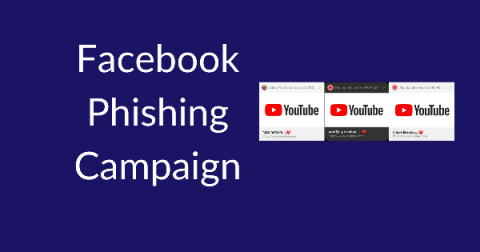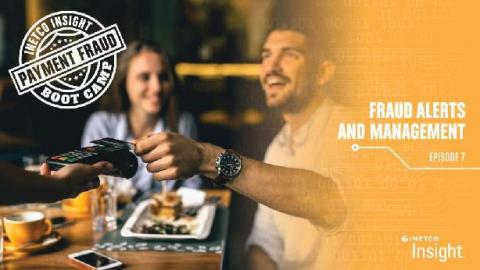Phishing awareness and phishing training explained
There is no more effective initial attack vector than phishing. With an ability to reach well-within your organization’s logical perimeter all the way down to an individual user’s Inbox with some form of malicious content, phishing has proven to be a challenge to organizations working to maintain a proper security stance. On top of this, phishing attacks have some pretty impressive accolades.






